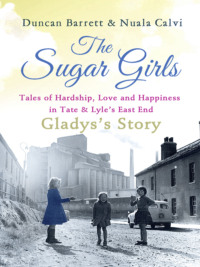Sadece Litres'te okuyun
Kitap dosya olarak indirilemez ancak uygulamamız üzerinden veya online olarak web sitemizden okunabilir.
Türler ve etiketler
Yaş sınırı:
0+Litres'teki yayın tarihi:
30 haziran 2019Hacim:
117 s. 12 illüstrasyonISBN:
9780007485567Telif hakkı:
HarperCollins
